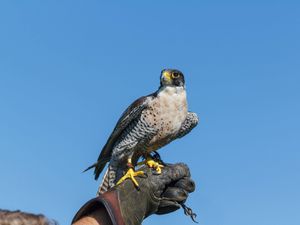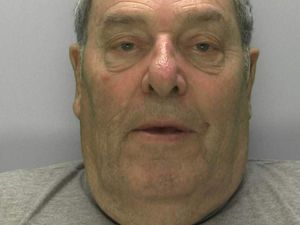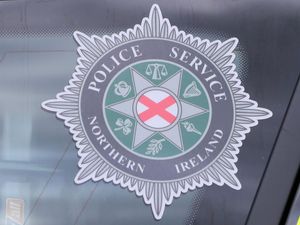Three monkeys artwork is third Banksy in days
Banksy posted an image on Instagram of the monkeys looking as though they were swinging from underneath an east London tube station.
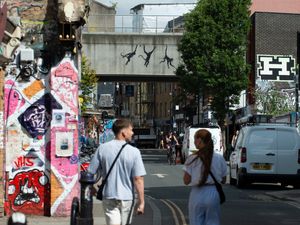
Banksy has posted an artwork of three monkeys as the third piece of a new animal-themed collection.
It is the third black silhouette composition that the Bristol-based street artist has claimed credit for since Monday.
On Wednesday he posted an image on Instagram of the monkeys looking as though they were swinging on the bridge of an east London tube station.
It has been done in black, on a bridge over Brick Lane, near a vintage clothing shop and a coffee house in the popular market street, not far from Shoreditch High Street.
His previous works had one animal on the first day, and two animals on the second day.
On Tuesday he posted a photo of two elephant silhouettes, with their trunks stretched towards each other. He posted artwork of a goat perched on top of a wall near Kew Bridge in Richmond on Monday.
He did not write a caption for any of the Instagram posts, which has fuelled speculated online about their meaning.
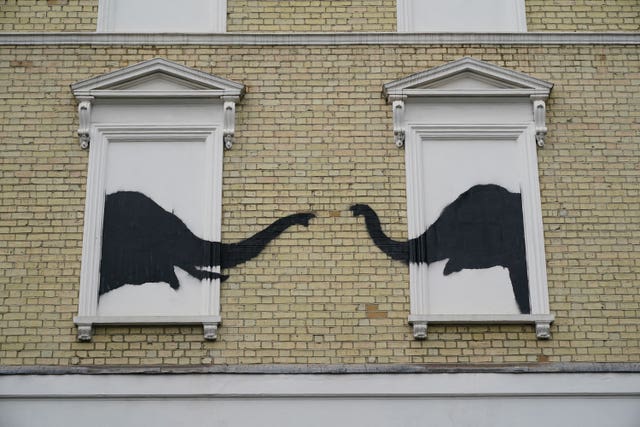
Three monkeys have been associated with the Japanese proverb “see no evil, hear no evil, speak no evil”.
In Banksy’s work the monkeys are not covering their eyes, ears or mouths.
When the anonymous artist has appeared in public he has worn a monkey mask, and he depicted a chimp-faced monarch in black and the colours of the Union flag for the late Queen’s Golden Jubilee.
He has also used the monkey mask to make a parody of Ghost actress Demi Moore, who appeared naked and pregnant on a Vanity Fair magazine cover.
In June Banksy released a migrant boat installation at the Glastonbury Festival that was crowdsurfed during performances by Bristol indie punk band Idles and rapper Little Simz.
He was criticised by then-home secretary James Cleverly as “trivialising” small boats crossings.
Banksy dismissed the comments saying it was “a bit over the top”.
In March, the artist created a tree mural in north London, which saw a tree cut back with green paint sprayed behind it to give the impression of foliage. The paint was a similar colour to Islington Council’s street signs in the area.



